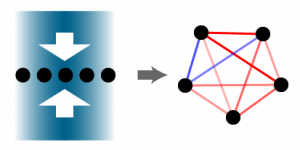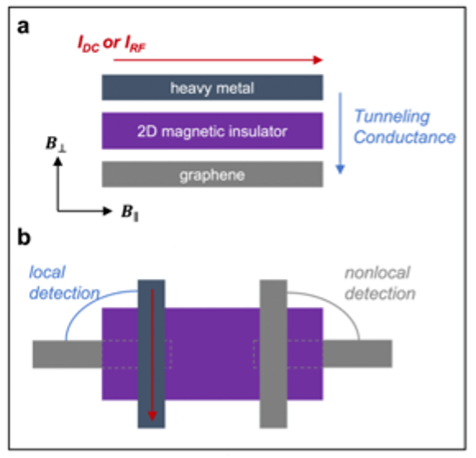Summary
Quantum simulators have the potential to bring unprecedented capabilities in areas such as the discovery of new materials and drugs. Engineering precise and programmable interaction graphs between qubits or spins forms the backbone of simulator applications. The trapped ion system is unique in that the interaction graph between qubits can be programmed, in principle arbitrarily. In the context of quantum many-body physics simulation, a programmable interaction graph will allow us to investigate a wide range of spin models relevant to condensed matter systems and high energy physics. In this project we investigate the feasibility of creating an arbitrary qubit-qubit interaction graph and experimentally characterize the interactions. The robustness of such graphs, including errors from experimental parameters, will be analyzed in collaboration with Roger Melko’s group. We will combine theoretical ideas from quantum information processing and many-body physics, numerical optimization and machine learning techniques, and experimental optical and atomic physics techniques.
This project will enhance the capability of trapped ion quantum simulators significantly beyond the state-of-the-art and will identify a set of concrete many-body physics problems that can be realistically simulated. Altogether these contributions will form an enabling step towards the scalability of a quantum processor.

Figure 1. Trapped ion qubits (black discs) are essentially a fully-connected system. The goal of this project is to engineer and characterize the qubit-qubit interaction graph (represented by the red and blue bonds) using precisely tuned laser beams (blue shades with white arrows).
Related Content
Spin-transfer Torque Magnetic Random Access Memory for On-chip Spin Information Storage
Summary Leakage power in semiconductor memories, such as Dynamic Random Access Memory (DRAM) and Static Random Access Memory (SRAM), can be substantial and is one of the limits for scalability of classical electronics. This is attributed to the fact that the information stored is volatile, requiring constant refreshing, as well as reprogramming upon powering […]
August 6, 2018

Coherent magnon generation, magnon condensation, and quantum spin liquids via spin pumping in 2D magnets
Summary Developing hybrid quantum systems is essential to harnessing the complementary advantages of different quantum technology platforms. This necessitates the successful transfer of quantum information between platforms, which can be achieved, e.g., by harnessing magnons, or spin wave excitations, in magnetic materials. Decoherence due to uncontrolled coupling of qubits to the environment remains a fundamental […]
February 1, 2023

Rydberg Atom Array Quantum Simulator
Summary Quantum simulators enable probing the static and dynamic properties of correlated quantum many-body systems that would otherwise be numerically inaccessible using classical simulators. We are developing quantum simulators based on arrays of neutral atoms excited to Rydberg states. Such Rydberg atom arrays are advantageous for simulating the dynamics of interacting spin systems (Ising spin […]
February 27, 2020

Topological Properties of Exciton-Polaritons in a Kagome Lattice as a Solid-state Quantum Simulator
Summary In this project, we build a solid-state quantum simulator for engineering a specific Hamiltonian. Quantum simulators are purpose-built devices with little to no need for error correction, thereby making this type of hardware less demanding than universal quantum computers. Our platform consists of exciton-polariton condensates in multiple quantum-wells sandwiched in a semiconductor Bragg […]
December 8, 2018

